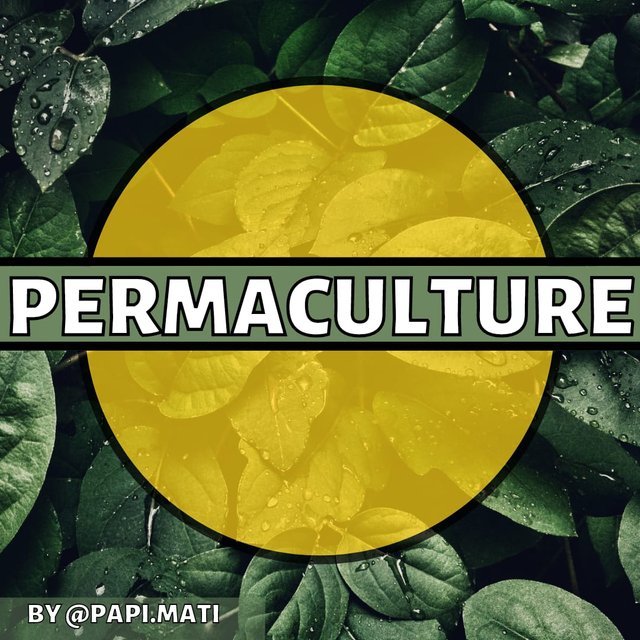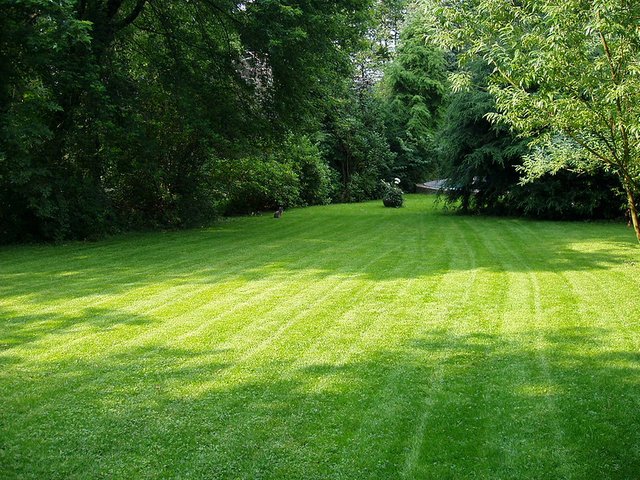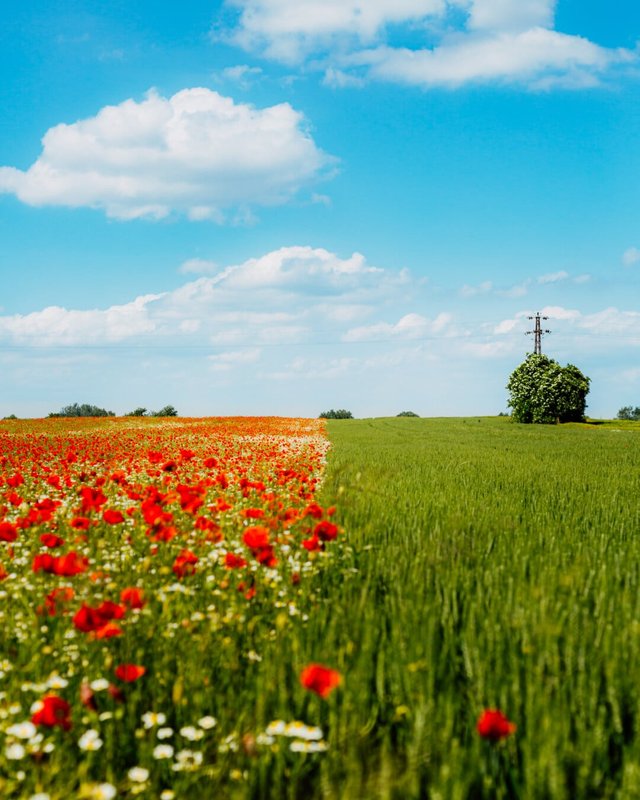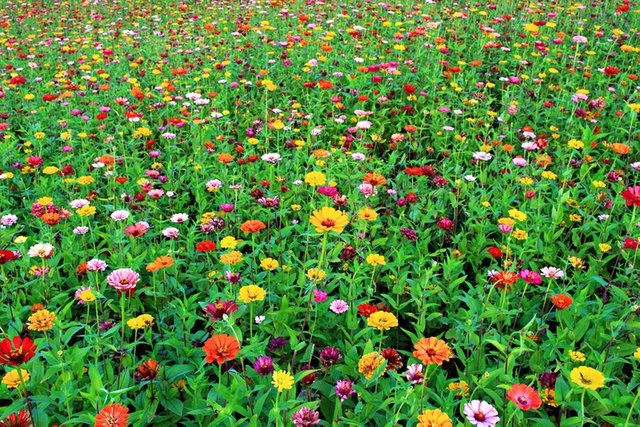Permaculture - What to choose: lawn or meadow? (Lesson 20)

LAWN OR A NATURAL MEADOW?
Lawns covered with even green turf require a lot of attention and maintenance - they need to be mowed, watered, weeded, and so on. As a result, we get a uniform space devoid of biodiversity. Instead of maintaining artificial turf, let the natural link grow in your garden. This situation has many advantages:
you save time that would be spent on lawn care. Minimizing work and allowing nature to live its own life is fundamental to the permaculture philosophy. Usually, mowing and watering are unnecessary. The flower meadow can be watered at the initial stage of plant development and mowed twice a year. Lawns require mowing even once a week. There is no need to use artificial fertilizers, environmentally harmful pesticides in the meadows.
you save resources like water and energy in the case of electronic lawnmowers. Occasional mowing also has a positive effect on the carbon footprint. You do not unnecessarily accelerate global warming. Establishing a flower meadow is also cheaper than setting up a lawn.
you do not waste the water. One of the challenges related to global warming is the so-called "water stress" - water shortages due to low annual rainfall or intensification of precipitations (when the same amount of water is distributed annually, but it falls as a downpour during several days). Lawns require regular watering, when flower meadows, thanks to a complex root system, bind rainwater in the soil, retaining moisture for longer and positively influencing the groundwater balance. Plants that make up a flower meadow also have a better ability to absorb water from the soil, reaching their roots up to 25 times deeper than grass from a lawn.
you increase biodiversity in the region, allow the desired animals to settle in your garden (birds, good insects, etc.). The specific data will be different everywhere in the world, but in Poland on average up to 60 species of plants grow in meadows, attracting insects that feed 17 species of birds. In total, the meadows provide shelter for over 300 species of animals. Many of these plants and animals are threatened with extinction due to the intensive exploitation of the soil by humans. In the case of garden lawns, they include only 3 species of plants (grasses), and the insects living in them are providing food only for 4 types of birds. The significant difference, right?
you have the pleasure of watching this biodiversity - your garden is alive, not sterile. Watching birds and small animals is a lot of fun. A flower meadow is also more aesthetically pleasing than a uniform lawn. Aromatherapy and colorful space have a positive effect on our well-being, it can have a relaxing and therapeutic effect.
vegetation in the meadows catches pollutants from the soil and air and reduces the ambient temperature. It prevents the soil surface from heating up.
meadows tend to be honey-bearing. You invite bees to your garden to pollinate some of the plants and help these useful creatures survive. Remember that without bees, humans will not exist.
when some plants spread to your meadow (for example, selected herbs from your herbarium), de facto expand the usable area of the garden
 Lawn is not recommended in Permacultural gardens. It negatively impacts the biodiversity and requires a lot of work. Source
Lawn is not recommended in Permacultural gardens. It negatively impacts the biodiversity and requires a lot of work. Source If your garden has uniform turf, it will take some time to transform into a natural meadow. To support it, mow the lawn only twice a year and do not interfere with the flora in any other way. The transformation usually takes 5-10 years. Why so long? Most meadow plants need nutrient-poor soil, while the soil beneath the grasslands is rich in various minerals. Absurdly, in this case, we care about its natural sterilization.
Speeding up the process can be achieved by mixing soil with sand in several places and sowing seeds of wild plants in it. However, remember to use only indigenous non-invasive species for this. Observe what is growing nearby, read about the local flora in a book, or ask a specialist (botany).
All my lessons are shared totally for free with a CC-0 license (which means you can copy my text and share it wherever you want to, without the need to mark me as an author). I hope it will bring you joy.
Previous lessons can be read here:
Fertilizers
2 - types of manure and when to use it
3 - Compost. Basics
4 - advanced composting
Soil and minerals
10 - Boron, Molybdenum, Copper, Magnesium
11 - Zinc, Calcium, Iron and other elements
12 - soil components: sand and clay
14 - soil components: calcium, microorganisms, minerals
15 - soil components, part four: water and air
Space
16 - Zone analysis
17 - Sectors in Permaculture
18 - Zones and sectors, practical use & examples
19 - Perfect size of your garden
Thank you for reading,
@papi.mati

 Meadow can be beautiful. It's environmentally friendly and helps to save plenty of time
Meadow can be beautiful. It's environmentally friendly and helps to save plenty of time
It is an interesting subject, if you put me to choose it is difficult for me, because the grass looks very beautiful and the meadow too. Although if we balance the work required to have a beautiful lawn, I think I will opt for the meadow:)
#affable
Good choice. It's much better for the environment and it is more practical use.
This is the best informative post to us.Thanks dear @papi.mati.